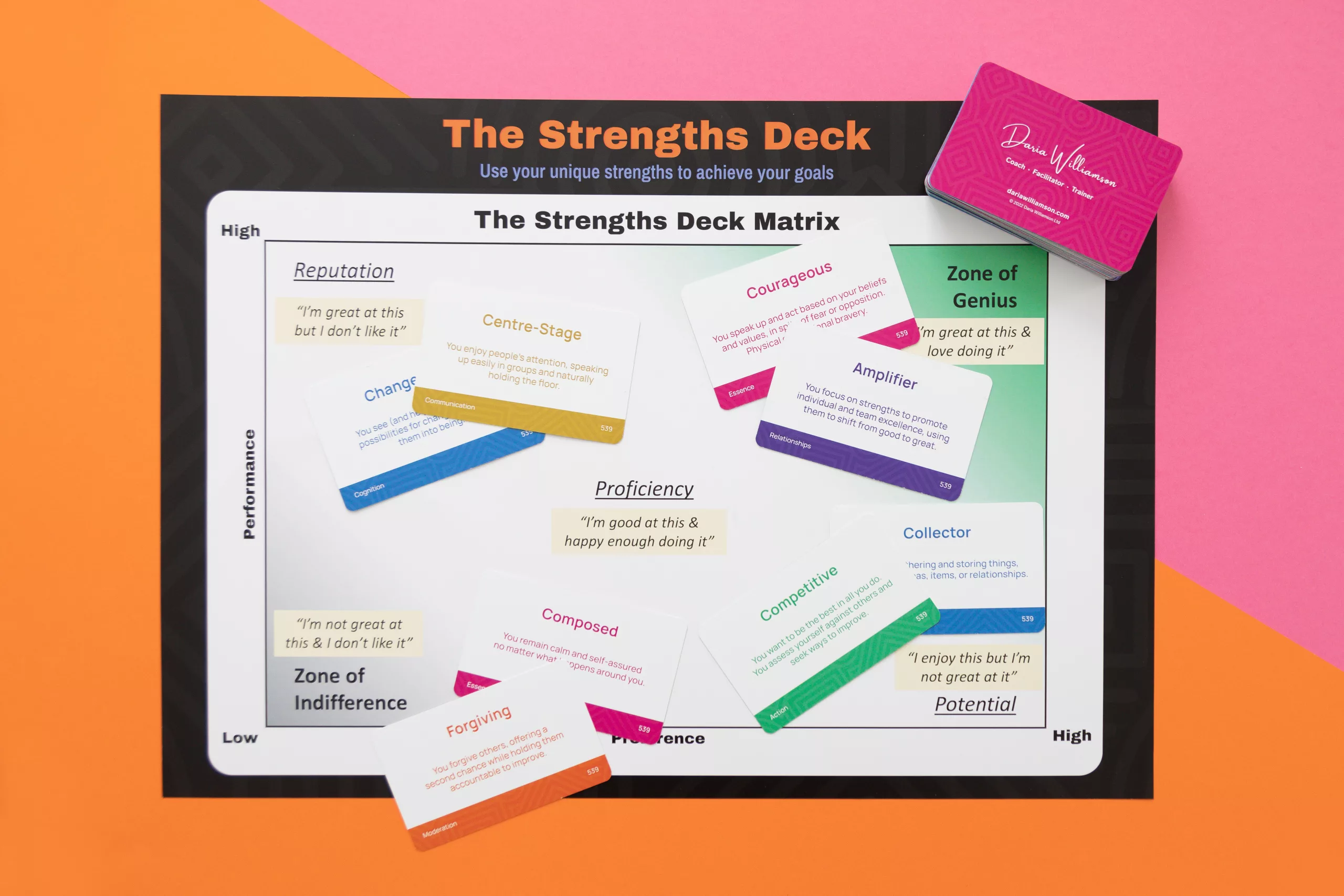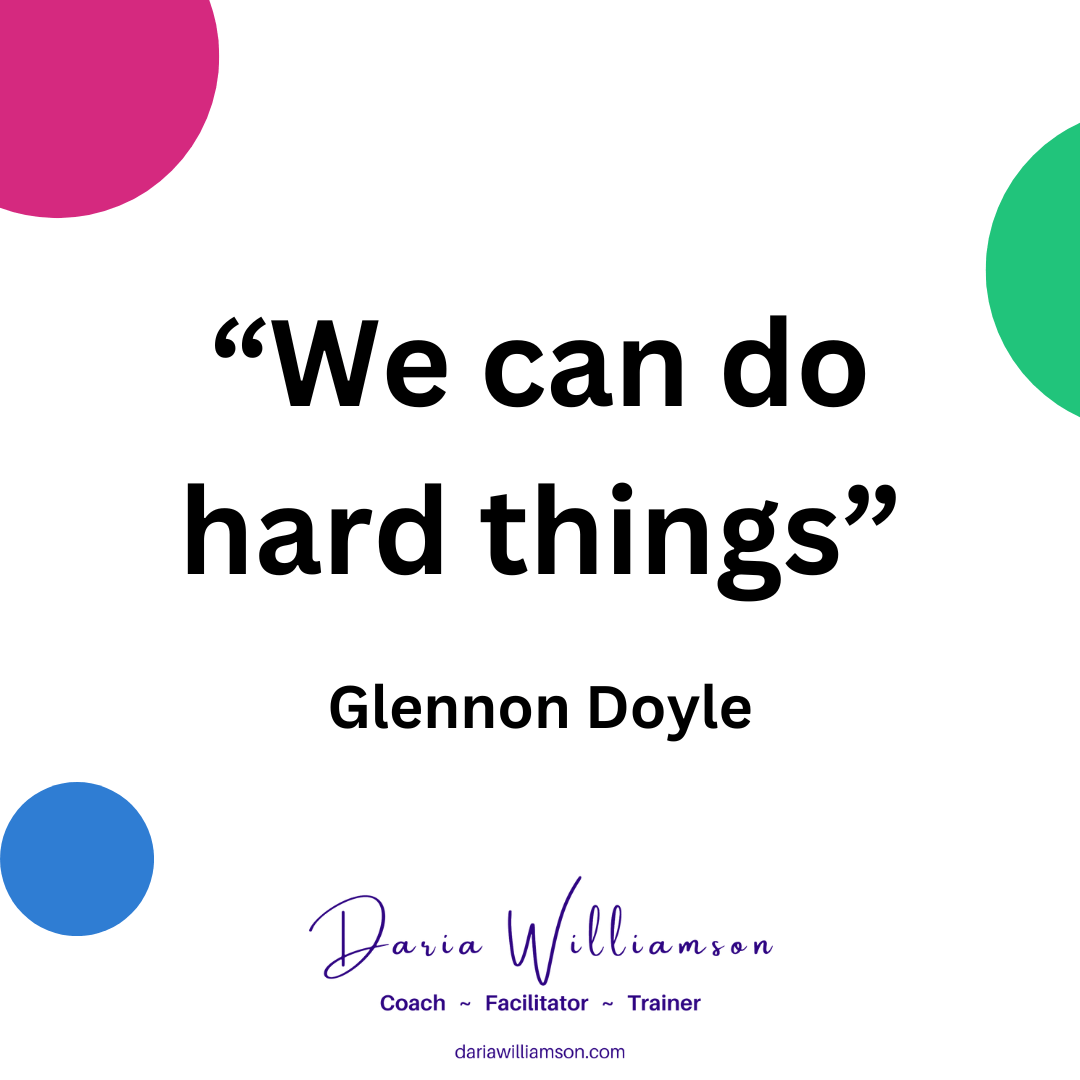These days, we are more likely than ever to say that we don’t have any “blank space” in our lives. There’s no room for downtime when we’re so busy trying to finish our to-do lists, maintain a social life (whether online or in the “real world”), do our jobs and keep ourselves mentally and physically fit and healthy.
And this addiction to busyness has stolen from us one of the greatest tools we have for thinking creatively: unstructured time where our minds can wander.
Mind-wandering as a virtue
Most of us have had the experience, often at school, of being told off because our mind was wandering and we weren’t paying attention to what was happening. While the ability to be mindful in the present moment certainly has many benefits, we simply aren’t designed to be 100% mindfully aware.
In fact, our brains are more active when we aren’t laser-focused on the present moment (see The “Default Mode Network” sidebar), and we are more likely to make creative discoveries and connections when our minds are wandering than when we are concentrating on trying to make those discoveries and connections.
The following sections will explain how mind-wandering, or blank space thinking, works, and why it gives us greater access to creativity and insight than methods that focus our attention, such as brainstorming.
The "Default Mode Network"
The Default Mode Network is active when we aren’t consciously paying attention. Brain scans show that there is more brain activity when a person is resting than when they are mentally engaged.
Recent research has also indicated that the Default Mode Network is involved in thinking about:
- self (autobiographical and self-referential thought),
- others (social thought and theory of mind), and
- the past or future (temporal thought).
Blank space thinking vs brainstorming
We’ve been taught that when we want to come up with a great idea, we should “brainstorm”. That is, we focus our minds completely on the subject, and wrack our brains (that sounds painful!) to come up with every possible idea. And while this can work well to come up with a reasonable number of ideas, it’s not necessarily the way to come up with great ideas.
How is "blank space" thinking different to "brainstorming" thinking?
Blank space thinking
“Blank space” thinking is when we are in mind-wandering mode. We aren’t engaging in focused thinking, trying to come up with an amazing idea or insight to solve the problem we are facing.
Instead, we’re doing something that doesn’t require deep mental focus. In this state, our Default Mode Network is running the show. And suddenly, when we least expect it, a connection is made deep within our brain circuits. It is a completely undirected form of thinking.
Brainstorming
Brainstorming is the polar opposite of blank space thinking. When we’re brainstorming, we deliberately focus our attention on the problem we’re trying to solve. We’re thinking intently about it and doing our best to avoid distractions and tangents.
Brainstorming usually involves formulating then recording the ideas we come up with – calling them out (if we’re working in a group), writing them down on paper, drawing a mind-map, capturing on a whiteboard, or recording voice notes.
When we are brainstorming, we typically work in the realm of what we believe is possible – especially if we’re doing it with others. We consciously or subconsciously “edit” our ideas before sharing them, thanks to our built-in bias for social acceptance. This means we’ll avoid sharing and idea if we think there’s a risk it the group may laugh at us or immediately dismiss it. We limit our creativity, meaning we’re less likely to generate really insightful and transformational ideas.

Blank space thinking and creativity
Right, so we’ve established that brainstorming is unlikely to help us be creative and generate great ideas (which is, after all, what we’re aiming for). So how does blank space thinking succeed where brainstorming fails?
Brainstorming usually kills creativity
As I’ve mentioned, when we’re brainstorming, we usually stick to what is possible, known, and safe; slight variations on the status quo; or something we’ve seen work well elsewhere. We don’t tend to come up with wild, out-of-the-box thinking, or flashes of inspiration and deep insight. And so the ideas we generate tend away from creativity towards sure bets and “go-to” ideas. (Refer back to the first strategy – have lots of ideas – for an explanation about the issue of the “go-to” idea.)
How does blank space thinking work?
As I mentioned above, during blank space thinking, our Default Mode Network is in action. Our subconscious is engaged in rumination, even as our conscious mind is involved with other things.
In this mode, it’s as though our brains are sifting through everything we’ve ever learned, seen or heard. And by doing this, they can spontaneously make connections in ways that our rational thinking brain would never consider. A new insight or perspective “sparks” to life, giving us an “Aha!” (or in the words of Archimedes, “Eureka!”) moment.
If we're squeezing all the white space out of our lives by filling it with activity... then we're not going to have the space we need to innovate or think. We're not going to have those moments of serendipity or those insights that are just hanging there. We have to manage our energy and create space in our lives.
Todd Henry Tweet
Blank space thinking as practiced by geniuses
Many people that history considers to be geniuses either practiced blank spaces as a habit, or had an experience of a breakthrough during a blank space moment. Consider these examples:
- Einsten would take a break from his work to play the violin or piano, and as he allowed his mind to wander, he stumbed on insights into the theories and concepts he was contemplating
- Winston Churchill took up painting after WWI, as it used similar skills to political argument, such as having a vision and executing with boldness and decisiveness, but in a completely different field of endeavour
- Newton was hanging out in his family’s orchard when his school was closed for a few years due to a pandemic (sound familiar?). He saw an apple fall from a tree, and wondered why it fell down, and not sideways or up, leading him to develop the theory of gravity
- Paul McCartney “heard” the fully-formed melody of ‘Yesterday’ as he woke up one morning
- Beethoven would go for long walks armed with blank sheet music and a pen
- Descartes developed the concept of coordinate geometry while he was half-asleep, watching a fly buzzing around
- As Archimedes stepped into his bath, the overflowing water helped him to solve a problem he was working on, as he discovered the principle of displacement
Blank space activity types
You may have noticed that in the above scenarios, the activities are mildly to moderately pleasurable and/or involve a rhythmic activity.
We’re unlikely to engage in blank space thinking when we are experiencing pain or unpleasant emotions. In those situations, our survival mechanisms will be on high alert, looking for ways to escape. And when our survival instincts are activated, our higher-order thinking processes are put on the back-burner. After all, why would we need the ability to figure out how to solve world hunger if we’re not going to survive the next 10 minutes?

Resourcing our blank space thinking
As I discussed in Strategy 2 – read, watch and listen broadly – the wider the range of information and type of inputs we receive, the more likely we are to think creatively.
Blank space thinking explains why this is the case. In moments of downtime, our subconscious is actively drawing together all the inputs we have gathered over the years. So the greater the depth, breadth and quantity of resources our brains have to work with, the more opportunities there are for connections to be made.
How do I carve out blank spaces in my life?
We are busy, and getting ever busier, which makes it all the more important to deliberately carve out blank spaces in our lives. There are many options, and there isn’t a one-size-fits-all way to do it. The list below contains approaches that I and others have found helpful, but it isn’t an exhaustive list. So feel free to use it as inspiration for your own methods.
And I recommend that you take the position of a scientist: everything is an experiment and a chance to learn. Some methods will be dead in the water for you, others will be transformative. There isn’t a way to predict which outcome you’ll get until you try a method out for yourself. You’ll probably notice that a method’s effectiveness will vary over time and across different challenges you work on. If you don’t get the results you want from one method, tweak it, or try another method entirely.
Blank space suggestions
- Go for a walk (especially in a natural setting)
- Have a bath/shower
- Play with a pet or child
- Take a nap
- Do something artistic (e.g. paint by numbers, colouring-in books, drawing chalk art on the footpath)
- Meditate/pray
- Play an instrument
- Slowly drink a glass of water or hot drink
- Cook a meal or do some baking
- Do chores (yes, really!)
- Doodle
- Close your eyes and take five deep, slow breaths, trying to focus only on what you feel in your body
- Go for a swing in a playground
- Pull weeds in the garden
- Tidy up a space in your home or office
- Eat something “mindfully”, concentrating on flavour, texture, temperature etc.
- Do some yoga, Pilates or stretching
- Sit beside a body of water – stream, river, ocean or lake
The key caveat to skill-based activities is that you need to have a reasonable level of proficiency. If you have to concentrate too hard on what you’re doing, you won’t enter a blank space frame of mind. Also, you’re aiming for activities that hit the sweet spot of attention – mindlessly scrolling social media or watching TV can drop our brain activity below natural resting levels, while playing a game can heighten our attention so far that we end up squeezing out the white space, as Todd Henry puts it.
I recommend keeping a pen and paper or your phone handy to record the inspirations and insights that arise as you enjoy your blank space activities. How terrible it would be to have a life-changing insight only to forget it by the time you’ve finished washing the dishes!
Scheduling blank spaces
It might seem strange to schedule time to do blank space activities, but it’s one of the best ways to ensure that you have opportunities for insight.
Try to build in at least one blank space activity each day. They don’t have to take long – even 5-10 minutes can be helpful, but many people find that longer periods a couple of times a week really get their inspiration flowing.
You can schedule new activities, or find ways to transform existing activities into blank spaces. For example, if you usually listen to or watch something while folding laundry, try switching the media off and doing the task in silence.
And try not to think about thinking – that’s a shortcut to accidentally exiting from your blank space!

Try slowing down
Another way of carving out more blank space opportunities is to slow an activity right down and really notice what you’re doing, step by step. An easy way to do this is to engage as many of your senses as possible.
- See if you can feel the activity physically in your body?
- Tune in to the sounds associated with the activity and those in the wider environment
- Become aware of any smells associated with the activity, as well as those around you
- Observe the visual changes, from what you see before starting, throughout the activity, and when you finish
- Perhaps there’s a taste aspect – dig into the complexity of the flavours and how they interplay (e.g. coffee can be both bitter and sweet in the same mouthful, a curry can be hot, spicy, fragrant and acidic etc.)
Managing expectations
You won’t always have an insight or inspired thought during your blank spaces, but the more frequently you engage in blank space activities, the better your chances. And just because you don’t consciously register a flash of insight doesn’t mean that your subconscious hasn’t made links that will become helpful or obvious once you return to working on your problem.
So go ahead and schedule your first blank space activity – there’s no time like the present!
If the answer wasn't in the part of the brain we were using, it might be in another. If we're lucky, in the next context we may hear or see something that relates - distantly - to the problem we had temporarily put aside.
R Keith Sawyer, psychologist Tweet
Progress check
So far, we’ve covered three strategies:
- Have lots of ideas
- Read, watch and listen broadly
- Carve out blank spaces (this article)
If you’d like to read up on the fourth strategy, jump over to the series page, or scroll down to the bottom of the page to browse my recent articles.
If you want to be notified when I publish new articles and content, sign up for my weekly newsletter below.
Sources
- Default Mode Network – Wikipedia
- Why a rested brain is more creative – Scientific American
- Albert Einstein’s Unique Approach to Thinking – Evernote
- Isaac Newton: Who He Was, Why Apples Are Falling – National Geographic
- The Secret of Success: Relax and Do Nothing – Psychology Today
- 58 Interesting Facts About Archimedes – The Fact File
- 72% of people get their best ideas in the shower — here’s why – Business Insider
- The Hidden Secrets of the Creative Mind – Time.com






4 thoughts on “Great ideas: Strategy 3 – carve out blank space”
Pingback: How to have great ideas: Strategy 4 – involve others ~ Daria Williamson - Coach, Trainer, Facilitator
Pingback: How to have great ideas: Strategy 5 – know nothing, be curious ~ Daria Williamson - Coach, Trainer, Facilitator
Pingback: How to have great ideas: Strategy 9 – get a coach ~ Daria Williamson
Pingback: Great ideas: Strategy 10 – use your strengths
Comments are closed.